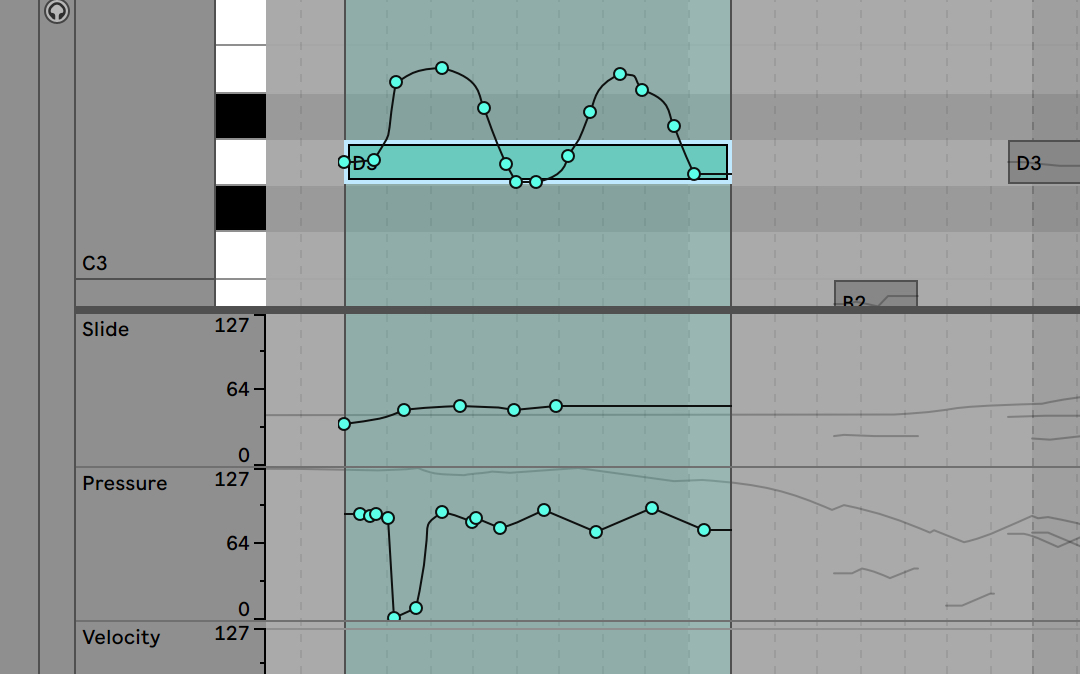
It certainly helps being a DJ and having great taste, but you can also be experimental and learn from this. It's up to the producer to decide what sounds good.

Even as I know and practice music theory.įirst of all, many great floor-fillers and hit records as well were made by people not following your advice. I know this was well meant and all, but I disagree with all of it. Just follow the rules I highlighted in bold and transpose the chords to your key. Any questions and ill try to get back to you. This is a crucial rule to follow if you're going to sample chords, otherwise your piece will sound atonal and all over the place. Like I said, this is all transferable to ANY major key and if you want to do it in a minor key, swap the major and minor chords.

Minor chord samples for chords A, B and E and a diminished chord sample for F#. So like I said you can use one major chord samples for chords G,C and D. G (chord I) will be major, A (Chord II) will be minor, B (Chord III) will be minor, C (Chord IV) will be major, D (Chord V) will be major, E (chord VI) will be minor and F (chord VII) will be diminished. If you are in a minor key the major chords go to minor and the minor chords go to major. Chords I,IV and V of a key are major chords. So, what you need to learn is what chords are in your key so that you can use them appropriately. The starting note of a chord can be anything, if you have a G major chord, just change the pitch and it will be whatever major chord you changed the pitch to, it works for all chords. Some examples of chords you may want are: Major, Minor, Diminished, Augmented, chords with added notes like a 7th. What that means is you cant take one sample and use it for a whole chord progression, you have to take different samples for each type of chord. Now if you sample a chord, lets say a G major chord for example, when you change the pitch of the chord it will ALWAYS be major, you cant make it minor because it is three notes and to make it minor you have to manipulate only one of those notes (which is not possible). The difference between a minor chord and a major chord is the 3rd (middle note). I know this is going to sound boring, but please listen.Ī basic chord is made up of 3 notes, most commonly creating a major or minor chord. What no one here has touched on which you NEED to know is some basic music theory. Basically I want to create a chord progression from audio samples.

I would be grateful for a nudge in the right direction please. I have just done a search on 'How to make a chord progression with audio loops in Ableton' but all the help was based on midi. I'm not sure that this is how it should be done.ĭoes anyone know of a course or some other resource that me be of any help. My simple approach is to warp the sample and modify the pitch by the appropriate number of semitones to get what I want. My real difficulty is taking a single sample loop in a particular key and changing this to different chords. I am quite comfortable with the use of percussion because there is relatively little involved in pitch changing. I have tried to find courses on this but most of them deal with loops related to drum tracks.
Choose your formatabout formats ableton live 9.7.5 how to#
However, I have avoided using them fully because I really am in the dark about how to create chord progressions with them.

I have a wide range of audio samples and loops and I very much like the sound of many of these and I have included them in both session and arrangement compositions. I have been doing a lot of stuff with Ableton using midi and I'm very impressed with the range of devices provided to help with this work.


 0 kommentar(er)
0 kommentar(er)
